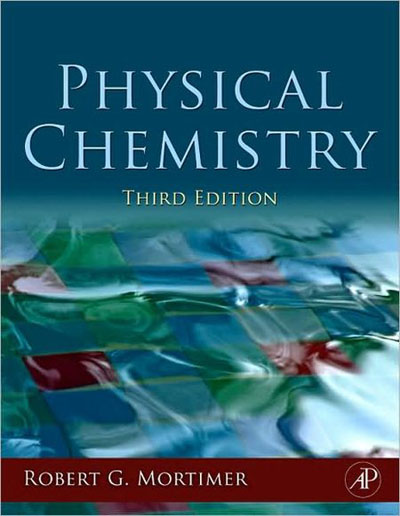Arcadio P. Sincero, Gregoria A. Sincero, "Physical-Chemical Treatment of Water and Wastewater"
CRC | 2002-07-29 | ISBN: 978-1-58716-124-7| 856 pages | PDF | 22.5 MB
CRC | 2002-07-29 | ISBN: 978-1-58716-124-7| 856 pages | PDF | 22.5 MB
Features
· Provides tables to give the reader the practical values of variables
· Covers material based on the latest CWA and SDWA requirements
· Offers numerous figures to aid in comprehending the discussions in the text
· Includes nearly 700 end-of-chapter problems, and an instructor's manual is available
Summary
The books currently available on this subject contain some elements of physical-chemical treatment of water and wastewater but fall short of giving comprehensive and authoritative coverage. They contain some equations that are not substantiated, offering empirical data based on assumptions that are therefore difficult to comprehend. This text brings together the information previously scattered in several books and adds the knowledge from the author's lectures on wastewater engineering.Physical-Chemical Treatment of Water and Wastewater is not only descriptive but is also analytical in nature. The work covers the physical unit operations and unit processes utilized in the treatment of water and wastewater. Its organization is designed to match the major processes and its approach is mathematical. The authors stress the description and derivation of processes and process parameters in mathematical terms, which can then be generalized into diverse empirical situations. Each chapter includes design equations, definitions of symbols, a glossary of terms, and worked examples. One author is an environmental engineer and a professor for over 12 years and the other has been in the practice of environmental engineering for more than 20 years. They offer a sound analytical mathematical foundation and description of processes. Physical-Chemical Treatment of Water and Wastewater fills a niche as the only dedicated textbook in the area of physical and chemical methods, providing an analytical approach applicable to a range of empirical situations.
Download Link:
4Shared (22.98 MB)










